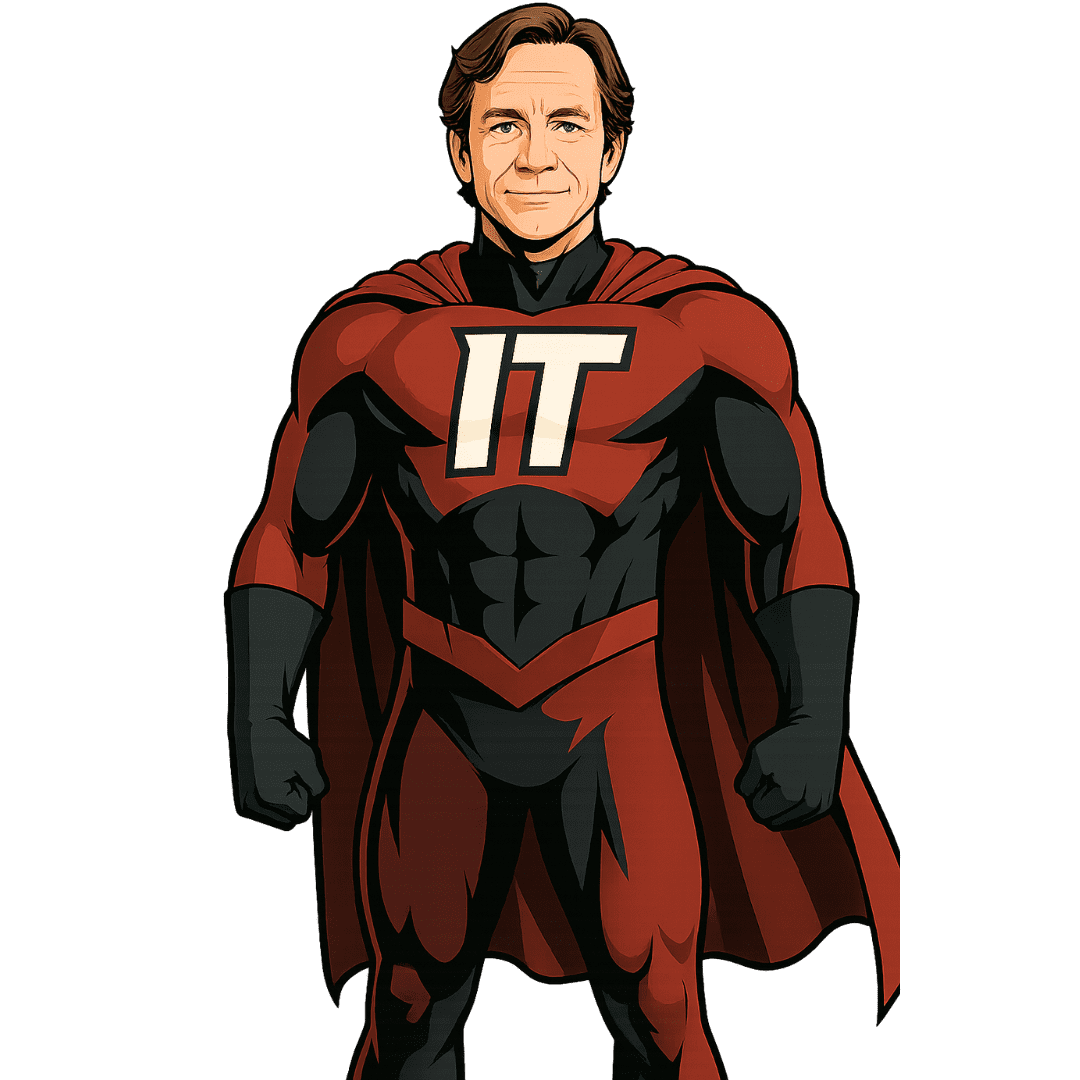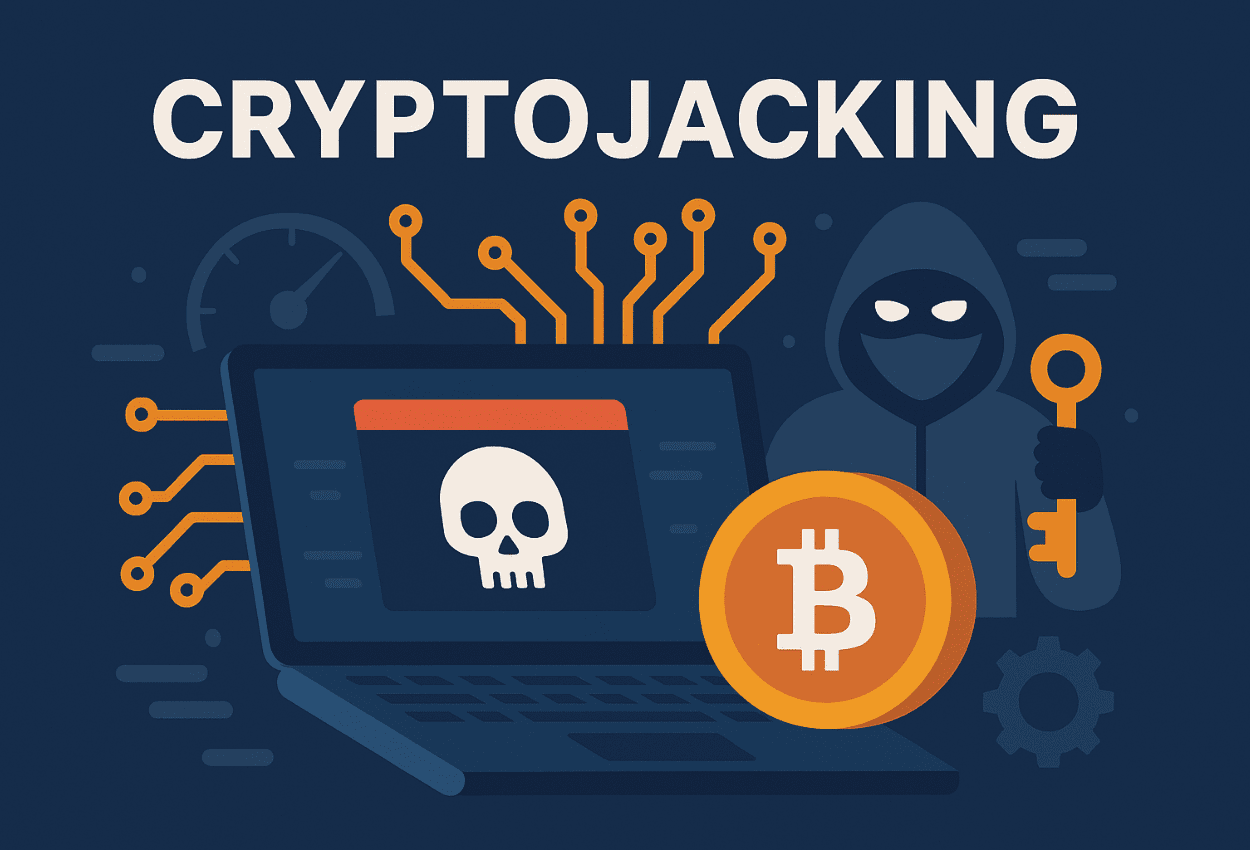Securing your workspace is often overlooked by employees. In reality, a secure workspace helps protect sensitive data, prevent cyber threats, ensure business continuity, build trust with clients, and be compliant with regulations. Simple workspace solutions, like a clear desk policy, go a long way in protecting sensitive data.
A secure workspace isn’t just about technology; it’s about creating a culture of vigilance. Today, we’ll talk about why cyber threats hate secure workspaces, the importance of office layout, what specific employees need secure workspaces, and solutions to secure your workspace.

Cyber Threats Hate Secure Workspaces
Stopping cyber threats can be as simple as implementing a clear desk policy. Here are key threats to be aware of for unsecured workspaces:
Data Theft: Having physical documents on your workspace containing sensitive information can be stolen or even photographed to expose business or personal data. Things such as post-it notes with sensitive information are an easy entry point for an attacker.
Insider Threats: Employees or unauthorized personnel could misuse or steal unattended sensitive data. Even temporary staff or visitors can be a threat and may try to exploit any unguarded information they deem valuable.
Social Engineering: Anything personal or company information on desks can be used to craft social engineering attacks. If your desk has some client names on it and an attacker somehow was able to view your desk, that is just one way they can craft a convincing social engineering attack.
Office Layout
The type of office layout can significantly impact workspace security. Here’s what to consider when designing an office layout:
Screen Visibility: Having screens in areas with high traffic exposes them to the potential threats above. If you have temporary visitors, they may be able to view sensitive information such as client names.
Access Controls: Access controls such as card readers or biometric scanners at entrances and exits restrict access to areas and reduce the risk of someone gaining physical access to any sensitive information.
Surveillance: Having enough security such as cameras can help detect any suspicious activity or breaches. Making sure to place them in widely visible areas with no blind spots will ensure proper surveillance is achieved.

Photo by Brothers Fire & Security
What Employees Need a Secure Workspace
In general, every employee should have a secure workspace. However, some employees in a business may have more sensitive information than others and need to have heightened security. Those employees are:
Executives and Leadership: People who may have some of the most sensitive information may be CEOs, COOs, CFOs, etc. Information such as strategic plans, proprietary data, or communications are very valuable and may cost the company millions if they fall into the hands of an attacker.
Finance and Accounting: These employees are the ones who handle financial records, bank details, and invoices. This information may include bank account numbers and social security numbers, making it highly sensitive information.
Human Resources: HR employees work with highly sensitive data every day. Whether that be employee records, salary details, or medical records, anyone in HR needs to have a secure workspace.
Solutions for a Secure Workspace
Effectively implementing a secure workspace policy can be tricky, here’s some suggestions we recommend you follow:
Lock Screen Policy: This policy generally requires an employee to lock their screen and re-enter their credentials each time they leave their workstation. So, if that employee were to be away from their workstation, any sensitive data they may have been viewing is safe.
Clear Desk Policy: Employees should always keep their workstations clear and organized and never have any sensitive information in their work area if not directly in use. This sensitive data should either be locked or disposed of when not actively being used.
Password Managers: 57% of respondents admit to writing down work-related passwords on sticky notes, and 67% admit to losing these notes. These statistics are alarming since all it takes is one bad actor to gain access to sensitive information through openly available passwords. Having a trusted password manager ensures passwords are encrypted and can easily be shared throughout a team.
Employee Training: Staff should be trained on the importance of physical security as part of a broader cybersecurity strategy. Partnering with a trusted Managed Security Service Provider (MSSP) is one way to help train employees and make sure they know how to secure their workspace.

Clear Desk Example: Photo by Büro-Kaizen
Implementing a Secure Workspace Policy
A secure workspace policy should be required in any workspace; it helps safeguard any sensitive information or data that a cyber threat would be after. Organizations who implement these policies significantly reduce the risk of unauthorized access, data breaches, and social engineering attacks. Of course, some organizations may not know where to start, that’s why we at Kirkham IronTech are here to help.
Being a top 250 MSSP, we have plenty of experience and use the tactics we’ve discussed in the blog above. Through trial and error, we’ve had 0 incidents of any unsecured workspace-related events. Using our IronTech Framework, we ensure our clients are protected from costly risks while maximizing their ROI.
Let Us Help Secure Your Business Workspace Today!
Call Us: (479) 434-1400 – Contact our expert team.
Visit Our Website: www.kirkhamirontech.com – Learn about our services.
Email Us: info@kirkhamirontech.com – Let us know how we can help your workspace.

 Tom Kirkham brings more than three decades of software design, network administration, and cybersecurity knowledge to organizations around the country. During his career, Tom has received multiple software design awards and founded other acclaimed technology businesses.
Tom Kirkham brings more than three decades of software design, network administration, and cybersecurity knowledge to organizations around the country. During his career, Tom has received multiple software design awards and founded other acclaimed technology businesses.
